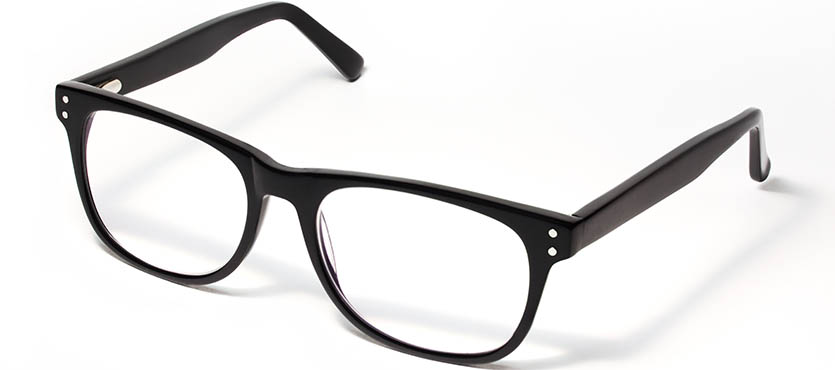You may have heard before that to be a pilot, having perfect eyesight is a necessary prerequisite. If you have less than ideal vision, this may have discouraged you from pursuing a career as a commercial airline pilot. The good news is that this is simply not true. Believe it or not, pilots are not superhumans, and many of them do not have 20/20 vision.
That said, there are vision benchmarks that you must meet to receive certification as a pilot, but needing to wear glasses is not an automatic disqualification, as you may have heard from others. Here are a few things to know about becoming a pilot if you have to wear glasses to see clearly.
FAA Standard for Vision
The Federal Aviation Administration requires that pilots must have 20/20 vision or better naturally or by using correct corrective lenses and glasses to meet the distance standards. For near vision, pilots must have 20/40 vision in each eye when viewing objects that are 16 inches away. This requirement increases for pilots over the age of 50, who must have 20/40 vision for objects that are 32 inches away.
While the FAA maintains strict requirements for pilots, the good news is that you do not need natural 20/20 vision and can use corrective lenses and glasses to meet the FAA standards.
Why 20/20 Vision?
While natural 20/20 vision is not a requirement for pilots, there are a few reasons why using corrective lenses to achieve 20/20 vision is necessary. Pilots regularly use resources like charts and maps for navigation purposes that can be challenging to read without both near and far 20/20 vision.
Additionally, routine procedures like takeoffs and landings become incredibly difficult and more prone to incidents or collisions with other aircraft if pilots cannot see properly by either having natural or corrected 20/20 vision. If you wear prescription contact lenses or glasses, ensure that your prescription is up to date and that you meet the FAA vision requirements.
What About The Military?
If you are considering a career as a military aviator the vision requirements are different from commercial pilots and can vary between branches or types of aircraft. The U.S. Air Force requires that a pilot’s vision is better than 20/70 in each eye uncorrected, and vision must be correctable to 20/20.
The requirement is lower for navigators, who must have 20/200 or better in both eyes, but they must still be correctable to 20/20. If you are thinking about a career as a military pilot, be sure to research the requirements for the branch you are interested in serving in and the type of aircraft you wish to fly.
Other Guidelines
Pilots working for a commercial airline often have a few more rules to abide by if they need corrective lenses to meet FAA vision requirements. Pilots with refractive errors and presbyopia must wear progressive glasses or multifocal glasses to correct their vision to an acceptable standard.
Additionally, mono-vision contact lenses (when you have one contact lens for distant vision and the other for near vision) are not permitted under FAA guidelines. Many airlines also require pilots to carry a spare pair of glasses in case of an emergency.
Whether you are planning to work for a commercial airline or serve in the military as a pilot, not having a natural 20/20 vision will not disqualify you. Just be sure to check the requirements and ensure your corrective lenses meet all the requirements for what you want to do.
Begin Your Career as a Pilot
At Airline Flight School, you will receive flight and ground training from FAA-certified instructors that will help you prepare for an aviation career. Register today to begin your journey as a pilot.

